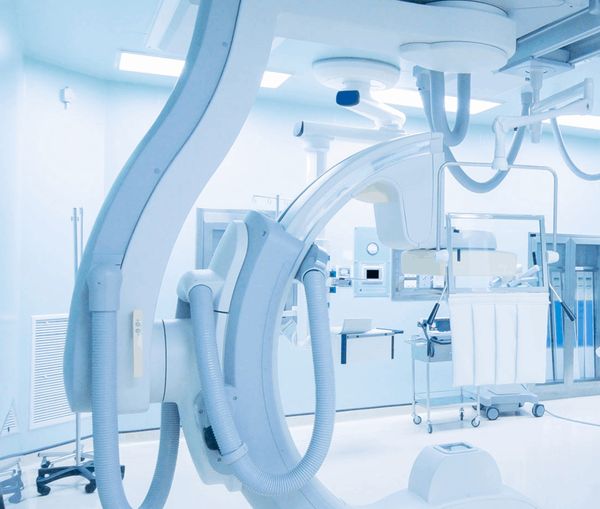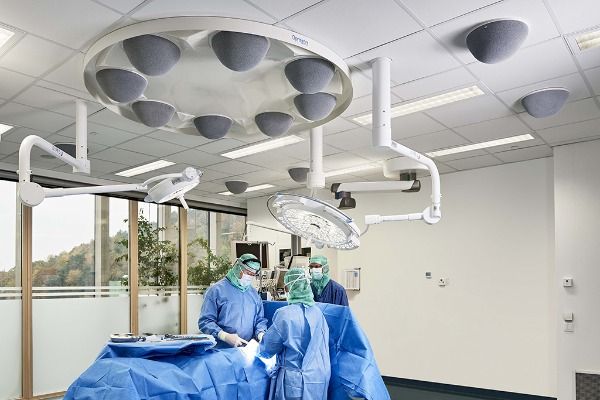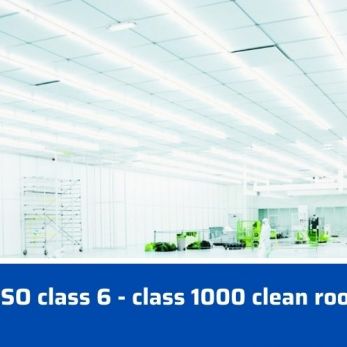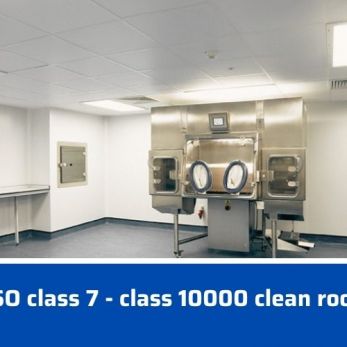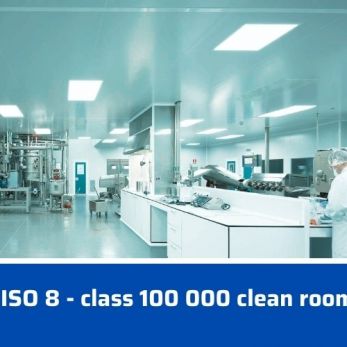What Is Operating Cleanroom Class 100, 1000, 10000?
The advent of clean operating room has become a major revolution in the development of the operating room. Laminar airflow operating room air cleanliness can be divided into Class 100 cleanroom, class 1000 cleanroom, class 10 000 cleanroom, class 100 000
History of laminar airflow operating cleanroom
In the first half of the 19th century, wound infections gave reasons for many deaths, which turned the originally successful treatment into catastrophic results.
Although the use of antibiotics has saved a large number of lives, persistent wound infection is still the biggest problem in the treatment, especially in battlefield hospitals, where surgical conditions are deficient and various traumatic infections are frequent.
In order to solve this problem, the famous British surgeon Joseph Lister began to introduce the antiseptic system into the hospital.
The survival rate after the operation was greatly improved, and the patient could recover in a short time without complications. In order to reduce the infection rate in the operating room, steam sterilization, rubber gloves, etc. had been successively used in surgery. The operating room changed from the era of disinfection and bacteria prevention to the aseptic era.
With the development of medicine, such a surgical environment is far from meeting the needs of the development of surgical technology. Serious burn surgery, brain surgery, eye surgery, lung surgery, and other difficult operations must be performed in a super clean environment.
To minimize the surgical infection rate and ensure the success of the operation, the advent of the laminar air flow operating room has become a major revolution in the development of the operating room, which has raised the success rate of surgery to a new level.
What is a laminar air flow operating room?
Laminar airflow operating room is a multi-functional air cleaning method that filters dust particles in the air, thereby effectively preventing and controlling the occurrence of infections, while adjusting suitable temperature and humidity for the environment. Make the patient's tissue suffer as little as possible during surgery.
Laminar air flow operating room class 100, 1000, 10000, 100000, 300000
According to the Ministry of Construction "Cleansing operation of the hospital building technical specifications (GB50333-2002)", laminar airflow operating room air cleanliness can be divided into Class 100, 1000, 10.000, 100.000, and 300.000.
1. Class 100 operating cleanroom
The number of dust particles greater than or equal to 0.5μm is greater than 350 particles/m3 (0.35 particles/L) to less than or equal to 3500 particles/m3 (3.5 particles/L)
The number of dust particles greater than or equal to 5μm is 0.
2. Class 1000 operating cleanroom
The number of dust particles greater than or equal to 0.5μm is greater than 3500 particles/m3 (3.5 particles/L) to less than or equal to 35000 particles/m3 (35 particles/L)
The number of dust particles greater than or equal to 5μm is less than or equal to 300 particles/m3 (0.3 particles/ L).
3. Class 10000 operating cleanroom
The number of dust particles with a cleanliness level of 10,000 or more than 0.5μm is greater than 35,000 particles/m3 (35 particles/L) to less than or equal to 350,000 particles/m3 (350 particles/L)
The number of dust particles greater than or equal to 5μm is more than 300 particles/ m3 (0.3 grains/L) to less than or equal to 3000 grains/m3 (3 grains/L).
4. Class 100000 operating cleanroom
The number of dust particles with the cleanliness level of 100,000 or more than 0.5μm is greater than 350,000 particles/m3 (350 particles/L) to less than or equal to 3.500000 particles/m3 (3500 particles/L)
The number of dust particles greater than or equal to 5μm is more than 3000 particles/ m3 (3 grains/L) to less than or equal to 30,000 grains/m3 (30 grains/L).
5. Class 300000 operating cleanroom
The number of dust particles with a cleanliness level of 300,000 greater than or equal to 0.5μm is greater than 3,500,000 particles/m3 (3500 particles/L) to less than or equal to 1,500,000 particles/m3 (10500 particles/L)
The number of dust particles is greater than 30,000 particles/m3 (30 particles/L) to less than or equal to 90,000 particles/m3 (90 particles/L).
Read more about cleanroom here






